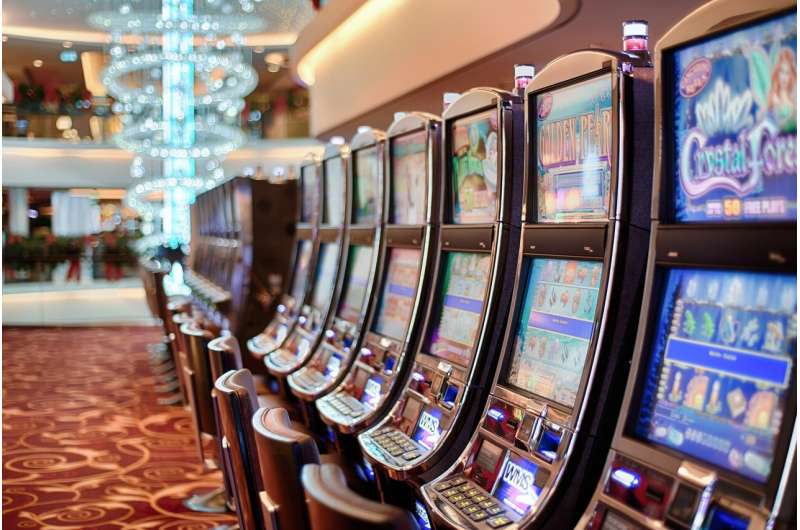The Impact of Visual Cues on Musical Evaluation and Perception

A groundbreaking study reveals how visual stimuli can influence musical judgments, with expertise playing a key role in sensory processing. Discover the science behind sight-over-sound effects and their implications for music education and competition.
Recent research highlights the significant influence of visual stimuli on how people perceive and evaluate musical performances. This phenomenon, known as the "sight-over-sound" effect, suggests that visual information—such as a performer's stage presence and body language—can unconsciously sway judgments, sometimes outweighing auditory cues. While it's often assumed that sound is the primary factor in musical assessment, studies show that visual cues can dominate evaluation, especially among individuals with limited genre-specific experience.
A comprehensive study led by Dr. Shinya Fujii from Keio University investigated the replicability of this effect across different musical backgrounds. Using recordings from Japanese brass band competitions, researchers controlled for variables like performance quality and filming angles. Participants were categorized into brass band musicians (BMs), non-brass musicians (NBMs), and non-musicians (NMs), and evaluated performances under audio-only, visual-only, and combined conditions.
Findings revealed that non-brass musicians were more susceptible to visual influence, demonstrating a higher accuracy in identifying winners based solely on visuals. Conversely, brass musicians, with their specialized auditory training, relied more on sound and showed less visual bias. Non-musicians did not exhibit a significant sight-over-sound effect. These results underscore how musical expertise shapes multisensory perception and evaluation.
The study emphasizes the importance of methodological rigor in researching multisensory integration and suggests that expertise can modify sensory weighting. The implications extend beyond musical competitions, informing music education, performance analysis, and cognitive science by illustrating how experience alters perceptual priorities. Ultimately, understanding these mechanisms can contribute to creating fairer judging criteria and improved training practices in musical assessment.
This research was published in the journal PLOS One and is set to impact future approaches to music evaluation and education, highlighting the interplay between visual and auditory processing in perception.
Stay Updated with Mia's Feed
Get the latest health & wellness insights delivered straight to your inbox.
Related Articles
Study Uncovers Strong Links Between Depression, Loneliness, and Hypertension in Black Women
A new study reveals the critical links between depression, loneliness, and hypertension in Black women, highlighting disparities and the need for culturally responsive screening and care strategies.
Research Finds Slot Machine Payout Information Misleads Players About Winning Chances
A groundbreaking study uncovers how payout information on slot machines misleads players, impacting their perception of winning chances and risking increased gambling problems.
Impact of Stress on Brain Function and the Potential of Non-Invasive Brain Stimulation
Recent research shows how acute stress affects brain functions and highlights the potential of non-invasive brain stimulation, especially targeting the ventromedial prefrontal cortex, to mitigate stress-induced cognitive impairments.
Exploring Cross-Cultural Adaptations of Mental Health Education Through Global Research
A global study aims to adapt Recovery Colleges for diverse cultures, enhancing their impact on mental health education worldwide by identifying universally effective approaches and necessary cultural modifications.



